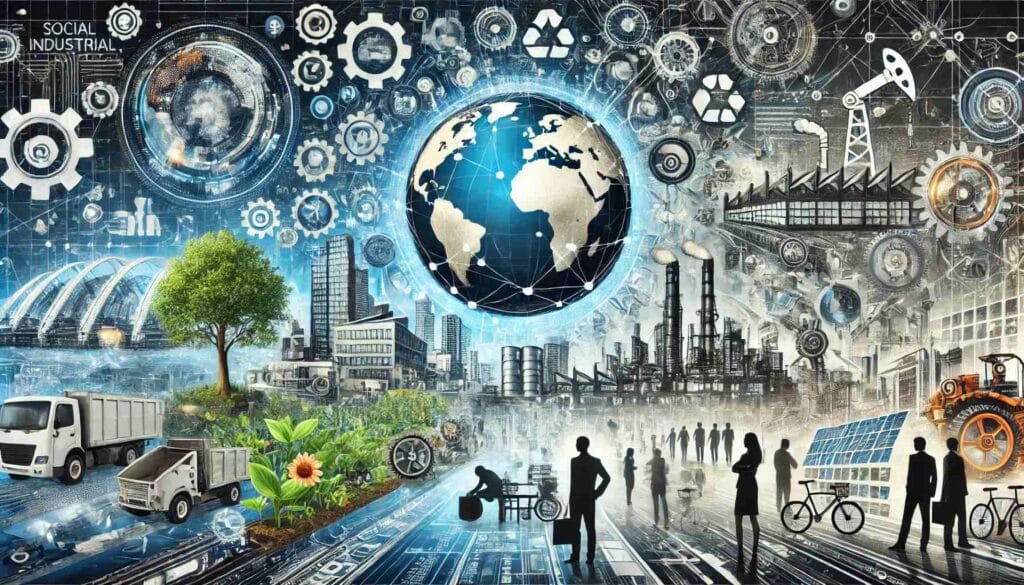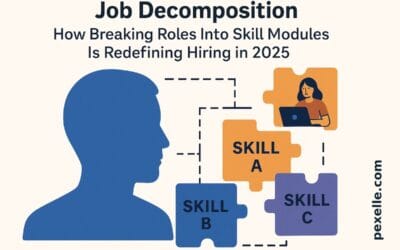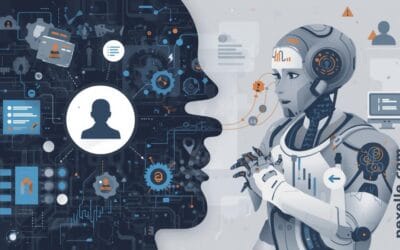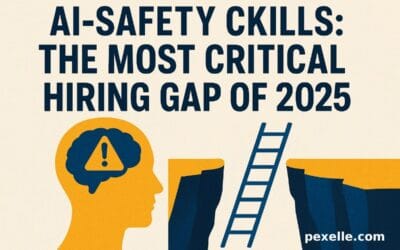Trends and Processing of Changes in Social and Industrial Systems

Introduction
The rapid pace of technological, social, and industrial advancements has fundamentally reshaped various sectors of society. The dynamics of social and industrial systems are undergoing significant transformations as innovations and modern practices evolve. This paper explores the trends and processing of changes in both social and industrial systems, identifying key drivers, impacts, and challenges associated with these changes.
Social Changes and Their Drivers
Social change refers to alterations in the social structure, institutions, and relationships within a society. Several factors contribute to these shifts:
- Technological Advancements: The emergence of digital technologies has revolutionized communication, education, healthcare, and social interactions. The rise of social media platforms, for instance, has dramatically altered how individuals engage with one another.
- Globalization: The interconnectedness of the global economy and the free flow of information has contributed to a globalized culture, affecting traditional societal norms and values.
- Environmental Awareness: The growing awareness of climate change and environmental degradation has led to changes in social attitudes, prompting communities to adopt more sustainable practices.
- Demographic Shifts: Changes in population dynamics, such as aging populations in developed countries or increased migration, have led to new social challenges and opportunities.
- Cultural Shifts: The rise of multiculturalism and diverse value systems have significantly transformed societal norms, particularly in urban settings.
Industrial Changes and Their Drivers
Industrial systems are similarly experiencing profound transformations. Key drivers of industrial change include:
- Automation and Artificial Intelligence: Industries are increasingly adopting automation and AI to improve efficiency, reduce costs, and enhance productivity. These technologies are changing traditional labor markets, requiring workers to adapt to new roles and responsibilities.
- Sustainability and Green Technologies: The push for sustainability is influencing industrial practices, with industries increasingly shifting toward green technologies and renewable energy sources. These changes aim to reduce carbon footprints and address climate change concerns.
- Industry 4.0: The integration of cyber-physical systems, IoT, big data, and cloud computing into industrial practices has given rise to Industry 4.0. This transformation is reshaping manufacturing, logistics, and supply chain systems.
- Global Supply Chains: The COVID-19 pandemic highlighted the vulnerabilities in global supply chains. As a result, industries are rethinking their supply chain strategies, focusing on resilience and diversification.
- Changing Consumer Preferences: As consumer demands evolve, industries are being forced to innovate continuously. The demand for personalized products, digital experiences, and sustainability is shaping new manufacturing processes.
Processing of Changes
The processing of changes in both social and industrial systems involves several stages:
- Identification of Change Drivers: Recognizing the forces that drive change is the first step. These include technological advancements, political shifts, and evolving market demands.
- Adapting to Change: Once changes are identified, systems must adapt. This requires the development of new strategies, policies, and tools to incorporate emerging trends. For industries, this may involve upgrading infrastructure, retraining workers, or adopting new business models.
- Monitoring and Evaluation: After the implementation of changes, it is crucial to monitor their impact. Feedback loops and data analysis help assess whether the desired outcomes are being achieved and what adjustments may be necessary.
- Continuous Innovation: As change is constant, industries and societies must embrace a culture of continuous innovation to remain relevant and competitive. This involves fostering creativity, encouraging collaboration, and being agile in responding to new challenges.
Challenges and Risks
While change can bring about significant benefits, it also presents several challenges:
- Job Displacement: As industries adopt automation and AI, many workers may lose their jobs, leading to socio-economic inequalities.
- Resistance to Change: Both social and industrial systems may face resistance to change, particularly from groups that are deeply rooted in traditional practices.
- Economic Disruption: Rapid changes may disrupt economic stability, particularly in regions that are heavily dependent on outdated industries.
- Ethical Concerns: The rise of AI, biotechnology, and surveillance technologies raises ethical questions about privacy, decision-making, and human rights.
Conclusion
The trends and processing of changes in social and industrial systems are intertwined and driven by a complex array of technological, economic, and cultural factors. While these transformations offer numerous opportunities for innovation and improvement, they also require careful management to address the potential challenges and risks. By understanding the underlying drivers of change and adopting a proactive approach to adaptation, societies and industries can navigate these transitions successfully and build a more sustainable and equitable future.
Source : Medium.com




